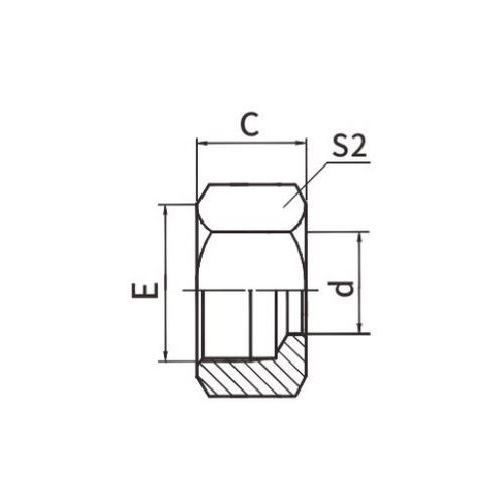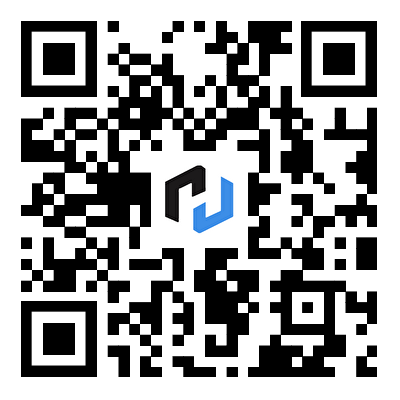Types of DIN Hydraulic Adapters
2024-07-17
A DIN hydraulic adapter is a type of connector used in hydraulic systems that adheres to the standards set by the Deutsches Institut für Normung (DIN), the German Institute for Standardization. These adapters are crucial in ensuring compatibility and safety in hydraulic systems by standardizing dimensions, threads, and other specifications.
Types of DIN Hydraulic Adapters
1. DIN 2353 Compression Fittings: These are the most common type of DIN hydraulic adapters, used to connect pipes or tubes in hydraulic systems. They are available in three series:
- LL Series: Light series, suitable for low-pressure applications.
- L Series: Medium series, suitable for medium-pressure applications.
- S Series: Heavy series, suitable for high-pressure applications.
2. DIN 3852 Pipe Fittings: These fittings are used for sealing pipe connections in hydraulic systems. They can come with different sealing methods, such as:
- Form A: Metal-to-metal sealing.
- Form B: Elastomeric sealing (O-ring).
3. DIN 7631 Hose Fittings: These are used to connect hoses in hydraulic systems, ensuring a secure and leak-free connection.
Materials
DIN hydraulic adapters are typically made from materials like:
- Carbon Steel: For general applications.
- Stainless Steel: For corrosive environments.
- Brass: For low-pressure and low-corrosion applications.
Applications
DIN hydraulic adapters are used in a wide range of industries, including:
- Automotive: For hydraulic brake and steering systems.
- Construction: For heavy machinery and equipment.
- Agriculture: For tractors and other agricultural machinery.
- Manufacturing: For hydraulic presses and machinery.
Benefits
- Standardization: Ensures compatibility between different components and manufacturers.
- Reliability: Provides secure and leak-free connections.
- Versatility: Available in various sizes and pressure ratings to suit different applications.



